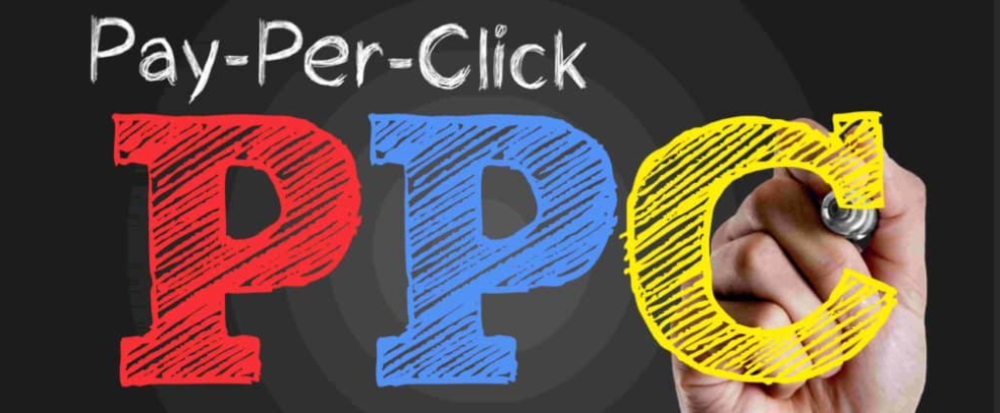Mastering P.P.C Advertising
Understanding PPC.
In the dynamic digital marketing landscape, pay-per-click (PPC) advertising has emerged as a powerful tool for businesses seeking to amplify their online presence and reach their target audience. PPC is a digital advertising model where advertisers pay a fee each time their ad is clicked, allowing for precise control over marketing budgets and the ability to measure the impact of campaigns with unparalleled accuracy.
To truly master the art of PPC, one must first grasp the fundamental principles that drive this highly effective advertising approach.
Keywords and Targeting.
At the heart of any successful PPC campaign lies the strategic selection of keywords and targeting. Keywords are the search terms that potential customers use to find your products or services, and they serve as the foundation for your ad campaigns. Thoroughly researching and identifying the most relevant and high-intent keywords is crucial, ensuring your ads are displayed to the right audience at the right time.
Complementing keyword selection, and targeting capabilities within PPC platforms allows you to refine your reach by factors such as demographics, location, interests, and even device usage. By aligning your keyword strategy with precise targeting, you can maximize the impact of your PPC efforts and connect with the individuals who are most likely to convert.
Read more about “keywords” at “Focus Keywords are Important”
Budgeting for Success.
Effective PPC management requires a delicate balance between budget allocation and campaign performance. Establishing a well-structured budget is essential, enabling you to control costs while optimizing your return on investment (ROI). PPC platforms typically offer a range of bidding strategies and budget settings, allowing you to experiment and find the approach that best suits your business objectives.
Whether you opt for a fixed daily budget, a maximum cost-per-click (CPC) bid, or a more sophisticated automated bidding strategy, the key is to continuously monitor your campaign performance and make data-driven adjustments to ensure that your PPC budget is working as hard as possible to drive meaningful results.
Crafting Compelling Ad Copy.
The success of a PPC campaign hinges not only on the strategic targeting of keywords and audiences but also on the creation of captivating ad copy. Crafting ad copy that resonates with your target audience is an art form in itself, requiring a deep understanding of their pain points, desires, and motivations.
Effective ad copy should be concise, compelling, and clearly communicate the unique value proposition of your offering. Experiment with different approaches, such as highlighting key features, incorporating persuasive language, or leveraging emotional appeals, to find the message that resonates most with your potential customers. Remember, your ad copy is the first opportunity to make a lasting impression and entice users to click through to your landing page.
Read more here about “crafting great content”
Landing Pages – Building the Stage for Conversion.
Once you’ve captured the attention of your target audience with your carefully crafted ad copy, the next critical step is to direct them to a well-designed landing page that aligns with your PPC campaign. Your landing page is the stage where you convert leads into customers.
Ensure that your landing page is visually appealing, easy to navigate, and optimized for the specific actions you want your visitors to take, whether that’s making a purchase, filling out a form, or engaging with your content. Regularly test and refine your landing page elements, such as the call-to-action, form fields, and overall user experience, to continuously improve your conversion rates and maximize the ROI of your PPC efforts.
Read here “Why Landing Pages are Important”
Monitoring and Adjusting
Getting a handle on PPC advertising is an ongoing process that requires diligent monitoring and strategic adjustments. Regularly reviewing key performance indicators (KPIs), such as click-through rates, conversion rates, and cost-per-acquisition, allows you to identify areas of success and opportunities for improvement.
Leverage the robust analytics and reporting tools offered by PPC platforms to gain valuable insights into your campaign’s performance and make informed decisions about budget allocation, keyword optimization, and ad copy refinement. By continuously monitoring your campaigns and making agile adjustments based on data-driven insights, you can ensure that your PPC efforts remain aligned with your business objectives and consistently deliver exceptional results.
SEMRUSH offers a great range of tools to track your PPC efforts.

Conclusion.
Pay-per-click advertising can boost your sales quickly but if you make mistakes, you can burn through your money with little to no returns on your investment.
So learn before you earn and monitor your campaigns so you can improve upon each one as you go along.
Steve
You May also want to check out my new A.I. Website, bringing information on the latest in A.I. If you go to my YouTube site you can look at “Talkia”, a text-to-speech tool.
Any or all links on this site may be affiliate links, and if you purchase something through those links I will make a small commission on them.
There will be no extra cost to you and at times due to my affiliation, you could actually save money.
You can read our full affiliate disclosure here.


